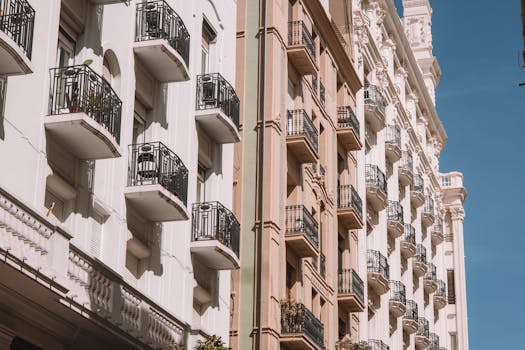
Urban Green Spaces: The Future of Outdoor Living in European Cities by 2025
Urban Green Spaces are becoming increasingly important in European cities, and their impact on the future of outdoor living is significant. As we approach 2025, it’s essential to understand the role these spaces play in shaping the quality of life for urban residents.
Introduction to Urban Green Spaces
Urban Green Spaces refer to areas within cities that are designated for recreational, ecological, or aesthetic purposes. These spaces can range from small parks and gardens to large nature reserves and green roofs. The Focus Keyword Urban Green Spaces is crucial in understanding the concept and its significance in European cities.
Benefits of Urban Green Spaces
Urban Green Spaces offer numerous benefits, including improved air quality, reduced noise pollution, and enhanced biodiversity. They also provide opportunities for physical activity, social interaction, and mental well-being. Moreover, these spaces can help mitigate the urban heat island effect, reducing the temperature in cities and improving the overall climate.
Challenges and Opportunities
Despite the many benefits, urban green spaces face several challenges, including limited funding, lack of space, and conflicting land-use priorities. However, these challenges also present opportunities for innovation and creativity in designing and managing these spaces. By 2025, European cities can expect to see a surge in green infrastructure development, including green roofs, walls, and urban forestry initiatives.
Case Studies and Examples
Several European cities are already leading the way in urban green space development. For example, Copenhagen has implemented a comprehensive green infrastructure plan, while Amsterdam has created a network of green roofs and walls to reduce stormwater runoff and improve air quality.
Conclusion
In conclusion, Urban Green Spaces are a vital component of sustainable and livable cities. As we approach 2025, it’s essential to prioritize the development and maintenance of these spaces to ensure a high quality of life for urban residents. By understanding the benefits, challenges, and opportunities associated with urban green spaces, we can work towards creating a greener, healthier, and more sustainable future for European cities.






